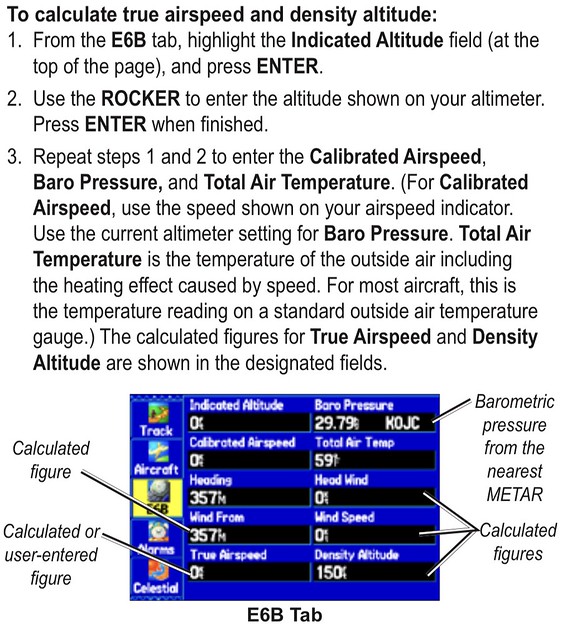Fearless Tower
Touchdown! Greaser!
True, but here's the reality - it really doesn't change much unless you are having an engine issue.All true, except where you used the word “planning”. If you don’t know how your TAS compares to what you think it’s going to be, we call it “guessing”.
When I was a sub-500 hour pilot I used to calculate my TAS all the time on cross countries. I did it for practice, proficiency on basic pilot skills and because it gave me something to do on long cross countries.
But what I noticed is that...it really didn't change from flight to flight assuming I used the same power settings. So now I just do it when I'm learning a new airplane OR I suspect I'm losing TAS due to an engine issue.

